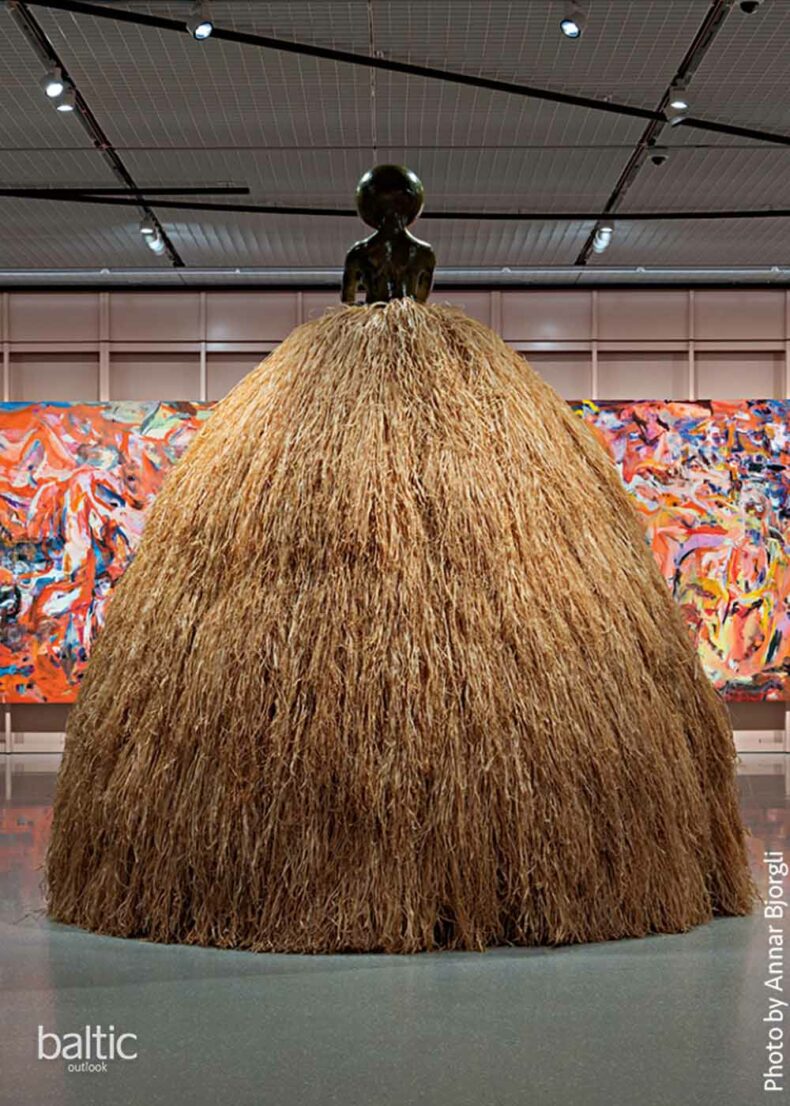Futuristic, visually appealing, thought-provoking, and of course fun – here’s a selection of exciting museum experiences from the world’s most captivating destinations.
- Amsterdam: a visual magnet for Instagrammers
- Dubai: the city where the future starts now
- Stuttgart: heaven for motoring history enthusiasts
- Oslo: the new Scandinavian flagman of the arts
Amsterdam: a visual magnet for Instagrammers
While the Dutch capital bursts with blockbuster art museums, there’s also another – quirky, fun, and laid-back – side of the city that awaits to be discovered.
Amsterdam is a favourite destination for cheerful partygoers and celebrators of life.
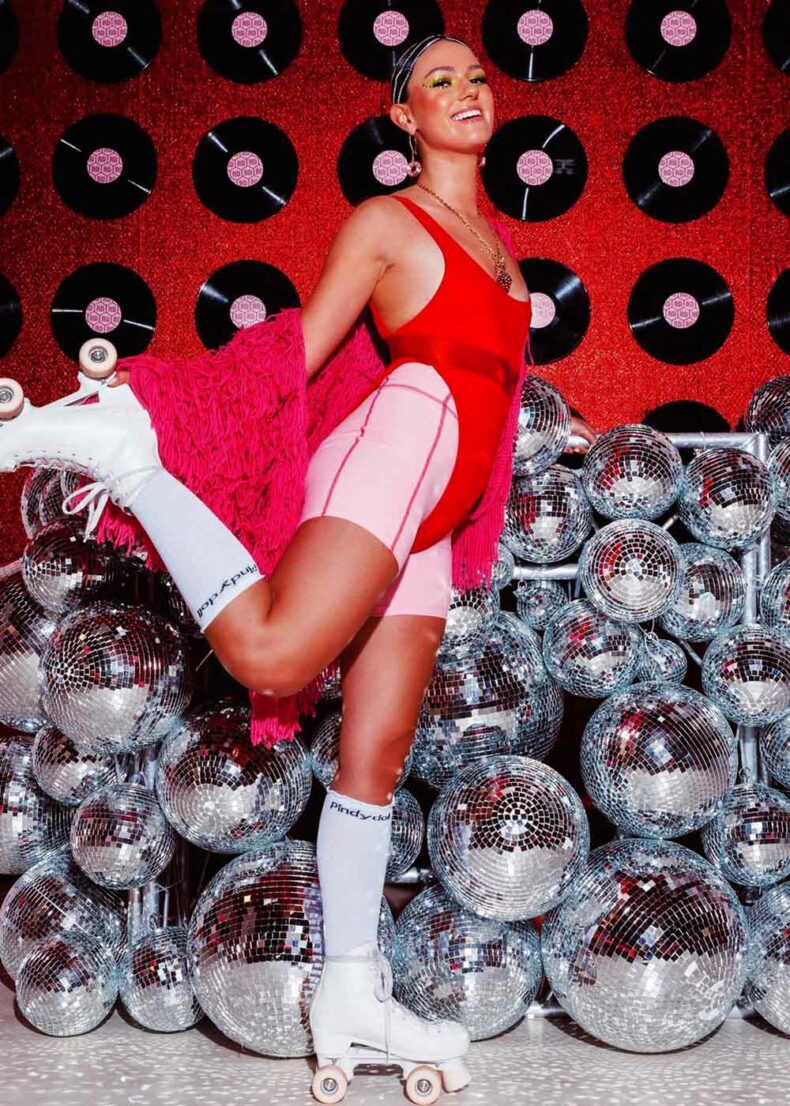
Photo on Instagram
The Upside Down stands out with mind-fooling traps and gravity surprises in 25 separate rooms. Feel like standing on a ceiling or experiencing a below-sea-level room? Here you can!
The Wondr Experience, for its part, is a pioneer of interactive photographic experiences – an entertaining and colourful playground where one forgets about time and engages the senses in an unusual way.
Diving into a giant marshmallow bath, singing and dancing your heart out under a starry sky, washing in a shower of glitter, painting on the walls – sometimes pure fun is as simple as that.
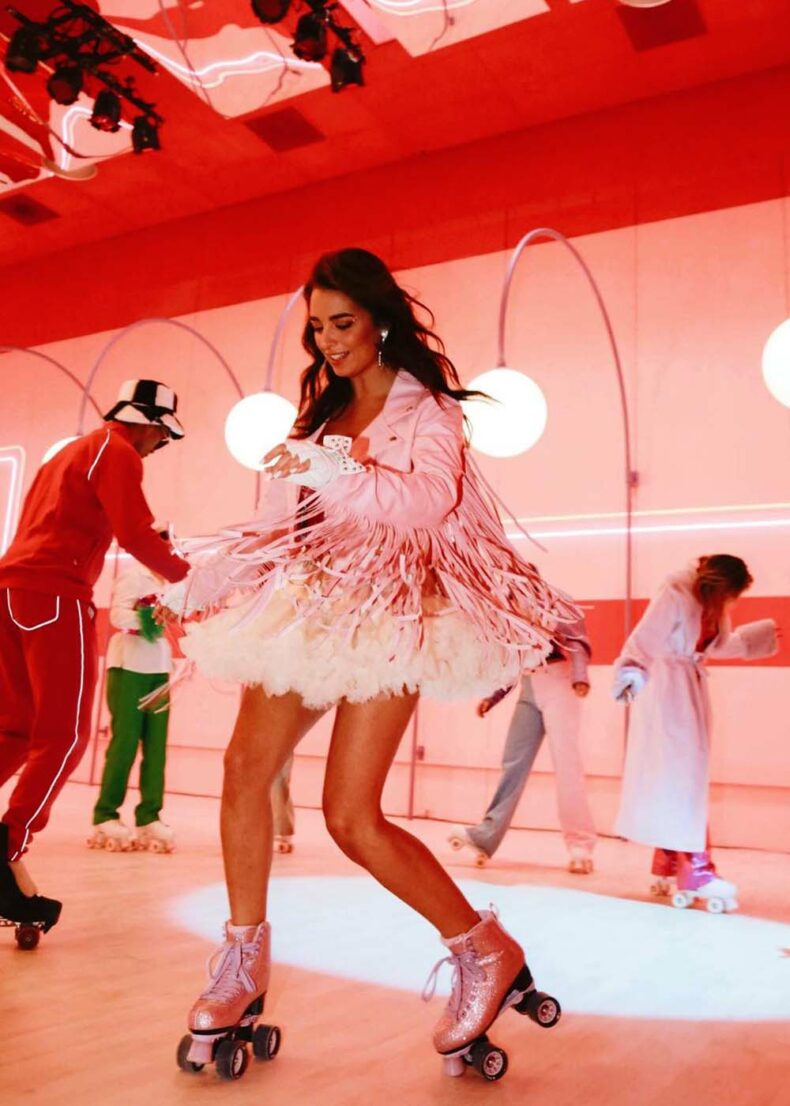
Photo on Instagram
The Roller Dreams venue with 15 playful installations also offers a dynamic pop-up experience.
This 1980s-style cinematic roller-skating extravaganza with disco music and dancing is a place where you’ll definitely feel like you’re in a Harry Styles video clip.

Photo on Instagram
The Straat Museum puts urban graffiti and street art into a gallery context, while the new Nxt Museum is the first in the country devoted entirely to new media art.
It houses large multi-sensory audio-visual installations in a former industrial space where cutting-edge technologies meet abstract expressions of artists.
Here it’s all about art that uses modern tools to reflect modern times.
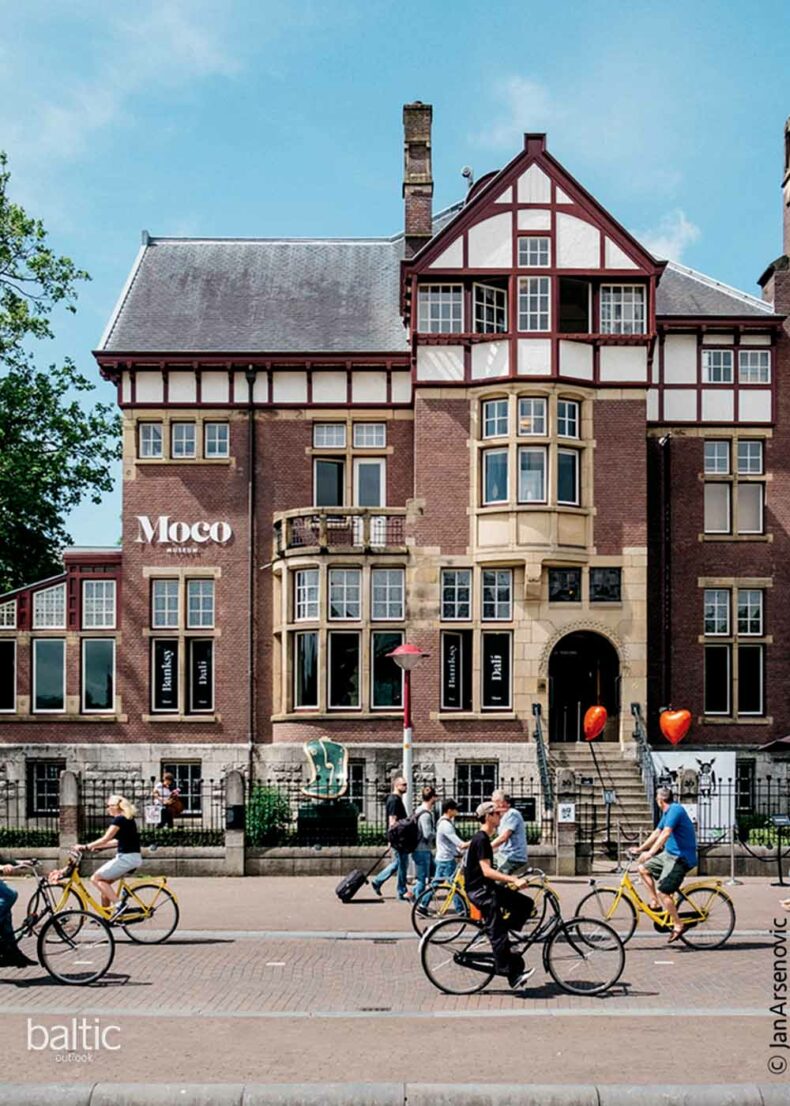
The independent boutique-scale Moco Museum is a magnet for art devotees. Its collection includes a wide range of modern, contemporary, and street art featuring such big names as Warhol, Basquiat, Koons, Hirst, Emin, and Banksy.
Standing on the avantgarde edge of art and technologies, Moco presents New FuTure, Europe’s first exhibition dedicated to the phenomenon of NFTs.
Dubai: the city where the future starts now
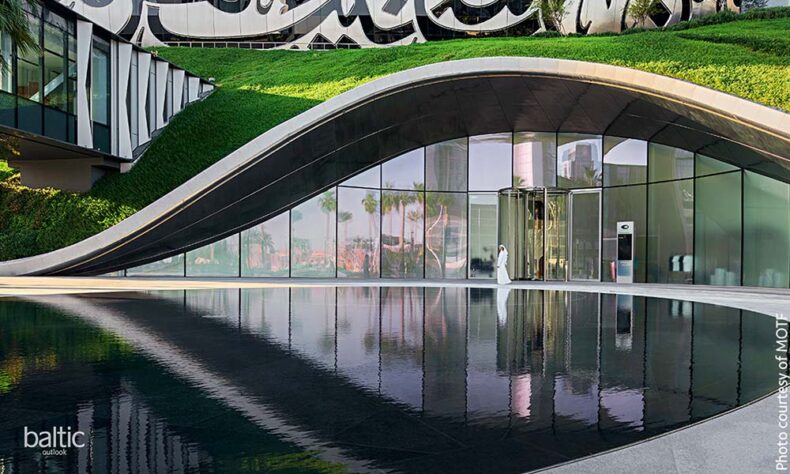
Technologies in Dubai are not something abstract; here, they’re closely linked with daily life.
Dubai is chasing the status of superiority in nearly every aspect: the tallest skyscraper in the world, artificial islands with luxurious floating villas, the biggest shopping malls, and even driverless metro lines and self-flying taxi services, which will hopefully be available to the public soon.
The Dubai Mall is home to the new VR Park, where virtual reality attracts visitors with a unique navigation experience.
The Green Planet, for its part, features the largest artificial tree in the world as well as 3000 species of plants, insects, and animals. This rainforest attraction quenches the thirst of this otherwise desert-embraced city.
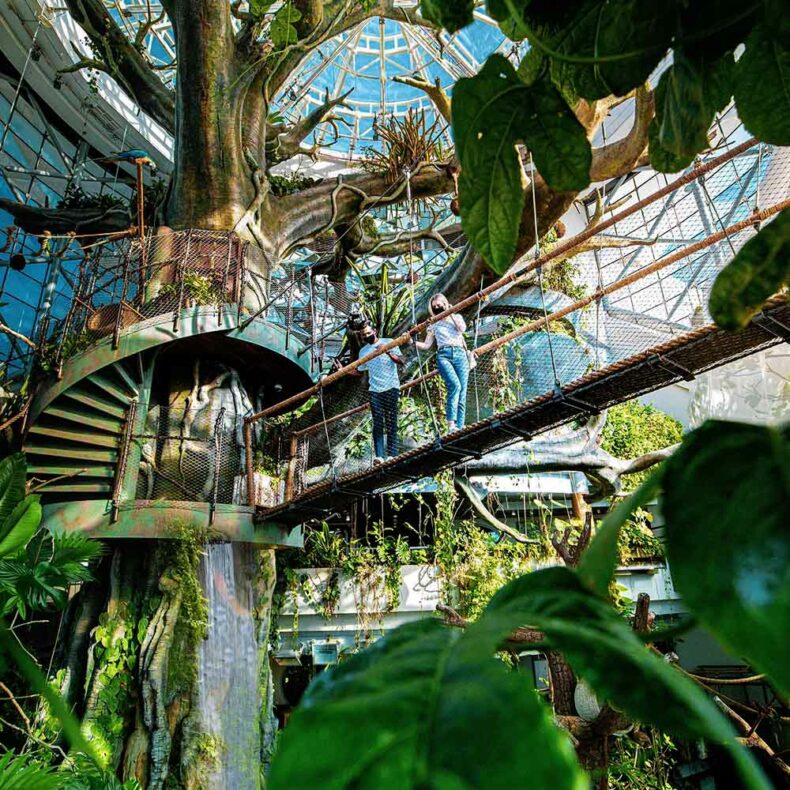
Photo on Instagram
After the awe-inspiring Dubai Expo 2020, it’s now the turn of museums to offer thrilling future-orientated experiences.
What will our life look like in the future?
What will the future hold for our children?
The Dubai Museum of the Future has the answers and merges state-of-the-art technology with ground-breaking design all under one roof.
If traditional museums demonstrate fragments of the past, this one opens a portal to the future.
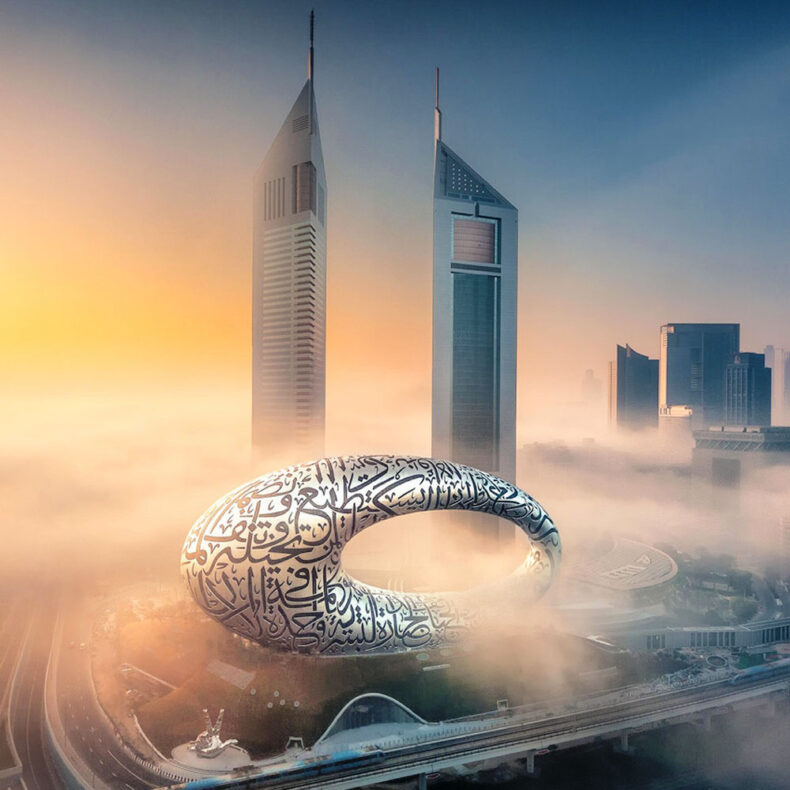
Photo on Instagram
Packed with robotics and artificial intelligence, the Dubai Museum of the Future stretches across seven floors of exhibition space and three podium levels, including a 420-seat auditorium and retail and restaurant areas.
The main inspirations for the immersive exhibitions are our present problems, which serve as raw material for next-generation solutions and the development of game-changing technologies.
Through distinctive themes such as space travel and living, climate change, ecology and bioengineering, and health and wellbeing, the museum presents a world we may experience 50 years from now.
Crafted by leading experience designers, each floor is like a movie set that appeals to all five senses and invites visitors to engage, explore, and interact.
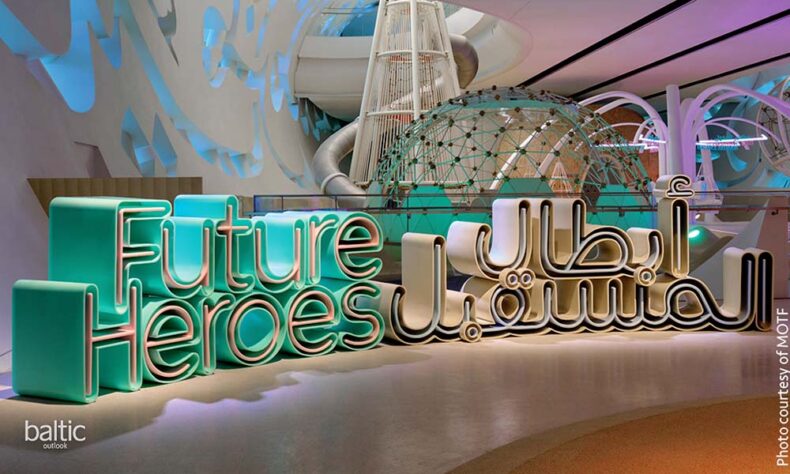
Stuttgart: heaven for motoring history enthusiasts
As the birthplace of the car – the creation that changed our lives forever – Stuttgart proudly holds the title of the city of inventors.
Here, in 1886, Gottlieb Daimler and Carl Benz created the world’s first ‘horseless carriage’, a petrol-powered vehicle.
Stuttgart stands in the front row of the country’s motoring history with two exciting museums from world-leading brands that delight car enthusiasts and fans of sleek German design.
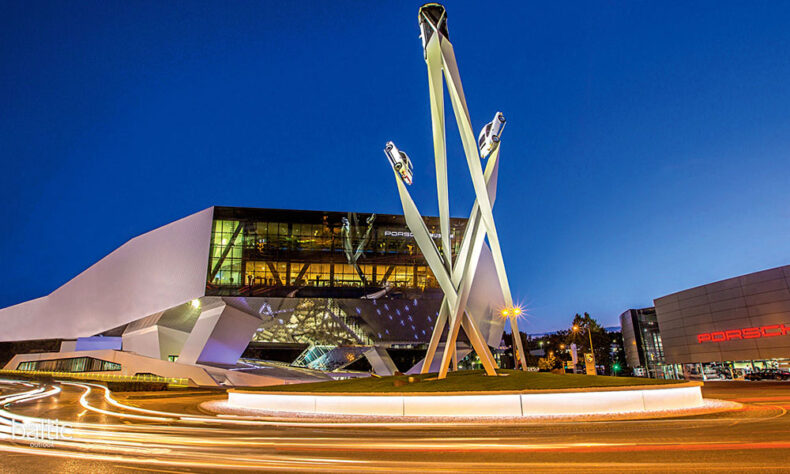
The sports-car universe that is the Porsche Museum is situated in an imposing glass-and-metal building. Its stunning, futuristic architecture seems to float above the ground and reflects the brand’s self-confident attitude and high standards.
The shiny façade hides bold content. United by the theme of racing history, 80 exhibition zones with nearly 100 cars exhibit the perfection of antique cars as well as one-of-a-kind creations.
Porsche’s 120-year-long history is presented in chronological order, from the Egger-Lohner C.2 Phaeton (the oldest surviving design) to the very first Beetle, and from the iconic 917 model to the newest racing cars.
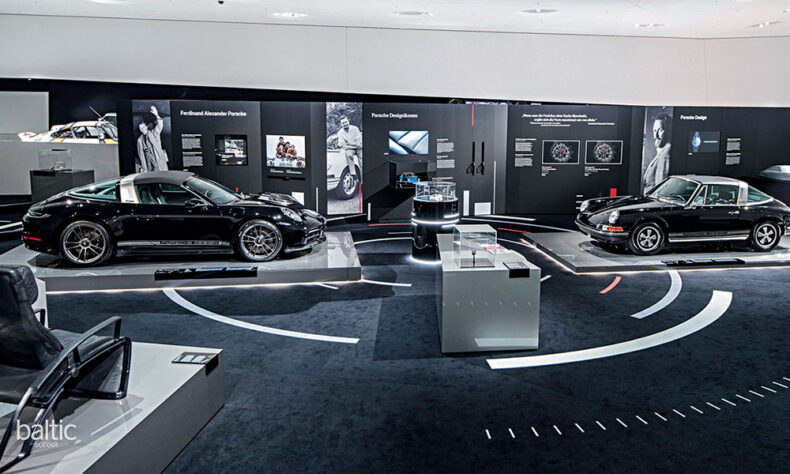
The Mercedes-Benz Museum presents the brand’s 135-year history in 16,500 squaremetres of automobile paradise with 160 flagman cars, extraordinary historical prototypes, engines, and more than 1500 other thematic exhibits.
The museum’s architecture has became an urban landmark. Two chronological routes follow the elegant double helix structure, descending and intertwining along the gallery spaces.
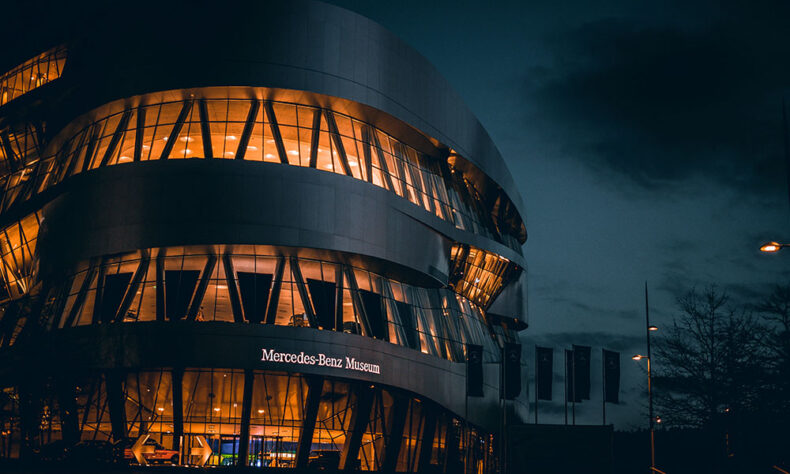
Photo on Unsplash
The ‘33 Extras’ are a particular highlight – these surprising details of Mercedes motoring culture, such as steering wheels, mirrors, pedals, radios, and iconic emblems, are distributed throughout the museum.
But don’t limit yourself to just the museum – book a tour at the Mercedes-Benz factory to witness the fascinating car production process close up. See how sheets of metal are shaped and assembled into the vehicles we recognise today.
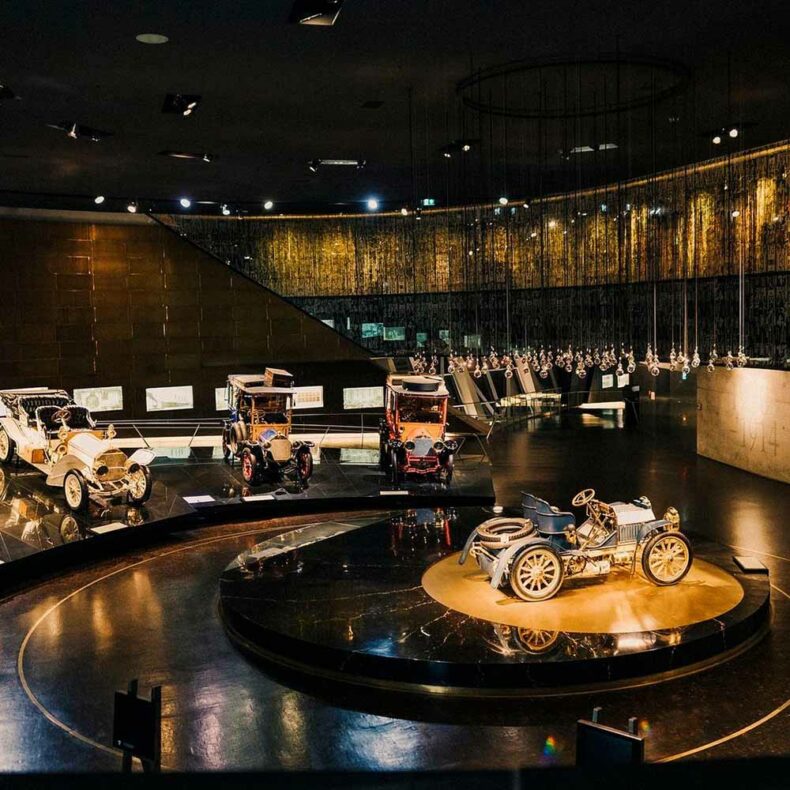
Photo on Instagram
Oslo: the new Scandinavian flagman of the arts
How about fitting savoury street foods, a refreshing dip in crystal-clear fjord waters, Edvard Munch’s The Scream, and some of the world’s most forward-looking architecture all in one memorable city walk?
Owing to the enormous Fjord City redevelopement project, Oslo now has the coolest harbour promenade in the Nordics.
Packed with parks, beaches, floating saunas, museums, and hip urban areas, it unites the most popular leisure and cultural pit stops all within a nine-kilometre distance.
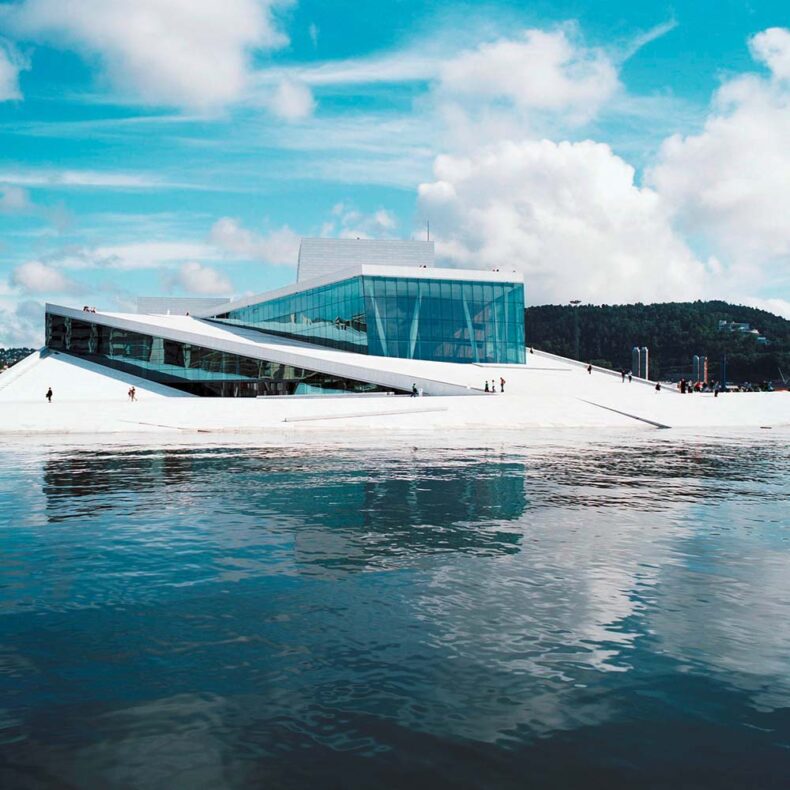
Photo on Archello
The Bjørvika neighbourhood of Oslo, a former container port that’s now a trendy cultural centre, has been undergoing a major redevelopment since the 2000s. Here, the serene surroundings of Oslo Fjord on one side meet the newest museum venues and world-class architecture on the other.
The Norwegian National Opera, with its engaging landscape architecture and iconic promenade on a slanting roof that seemingly slides into the water, was the first edifice to draw in tourists.
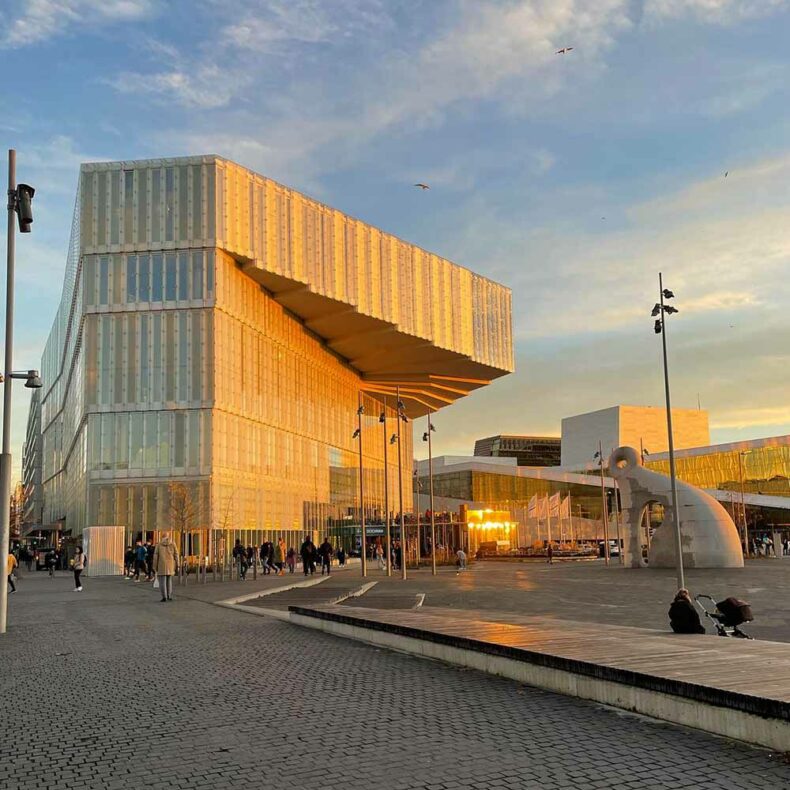
Photo on Instagram
The Deichman Library came next, in 2020, to share its warm and welcoming atmosphere and nearly half a million books.
The voluminous Munch Museum – the spectacular new home of the around 28,000 works by the iconic Norwegian artist Edward Munch – opened that same year in Bjørvika. It’s one of the world’s biggest museums dedicated to a single artist.
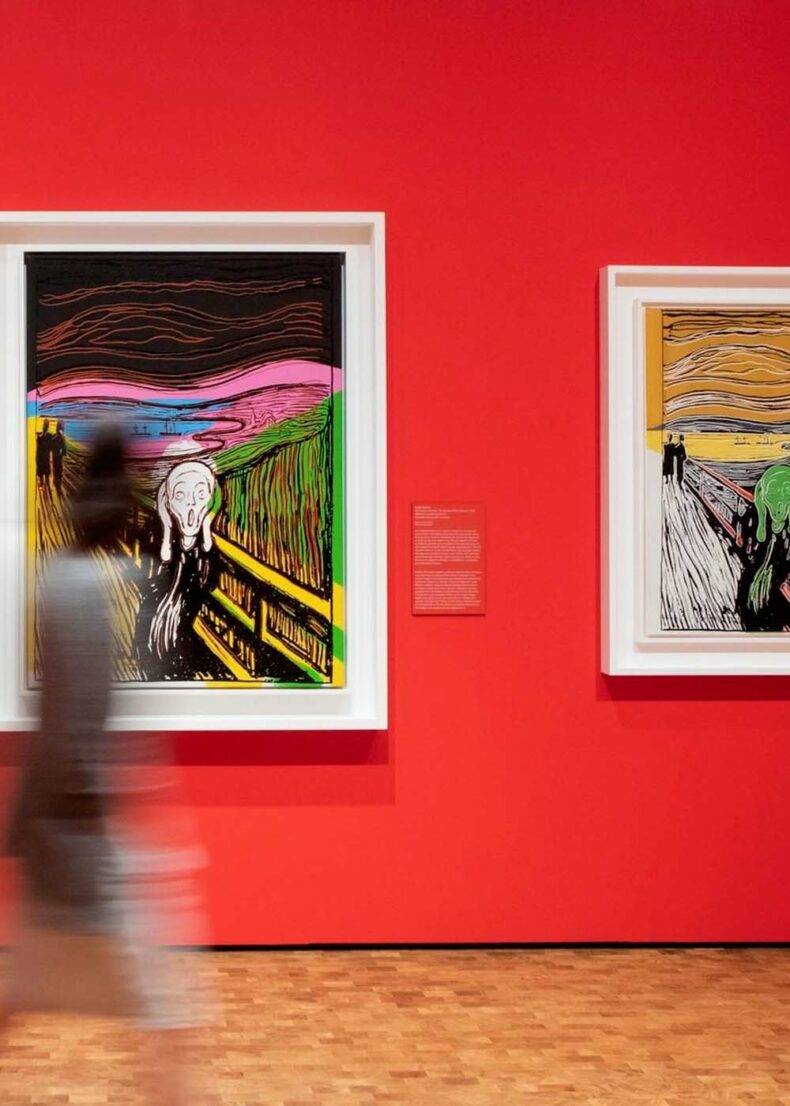
Photo on Instagram
It seems that every year brings even more impressive museums to Oslo’s cultural-Renaissance scene.
The long-awaited National Museum of Art, Architecture, and Design opened this summer to become a major cultural magnet for the whole of Scandinavia.
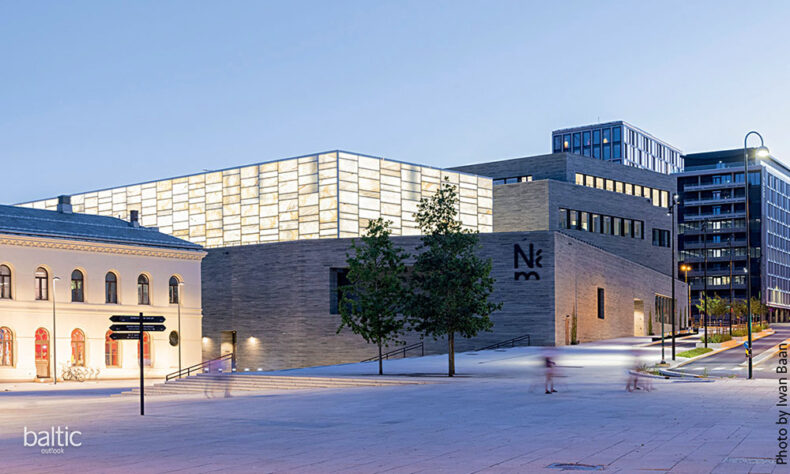
It brings the collections of five Norwegian museums together under one roof.
The site of the museum formerly served as a train station. With 86 rooms and 6500 items on display, visitors embark on a vibrant journey through time from antiquity to the present day.
Orthodox icons, bright medieval tapestries, opulent glass and silverware collections, and royal gowns are displayed alongside fashion and craft pieces, icons of 20th-century Scandinavian design, and fine art by leading Norwegian painters as well as Courbet, Monet, Van Gogh, Degas, Rodin, Picasso, and other international artists.
